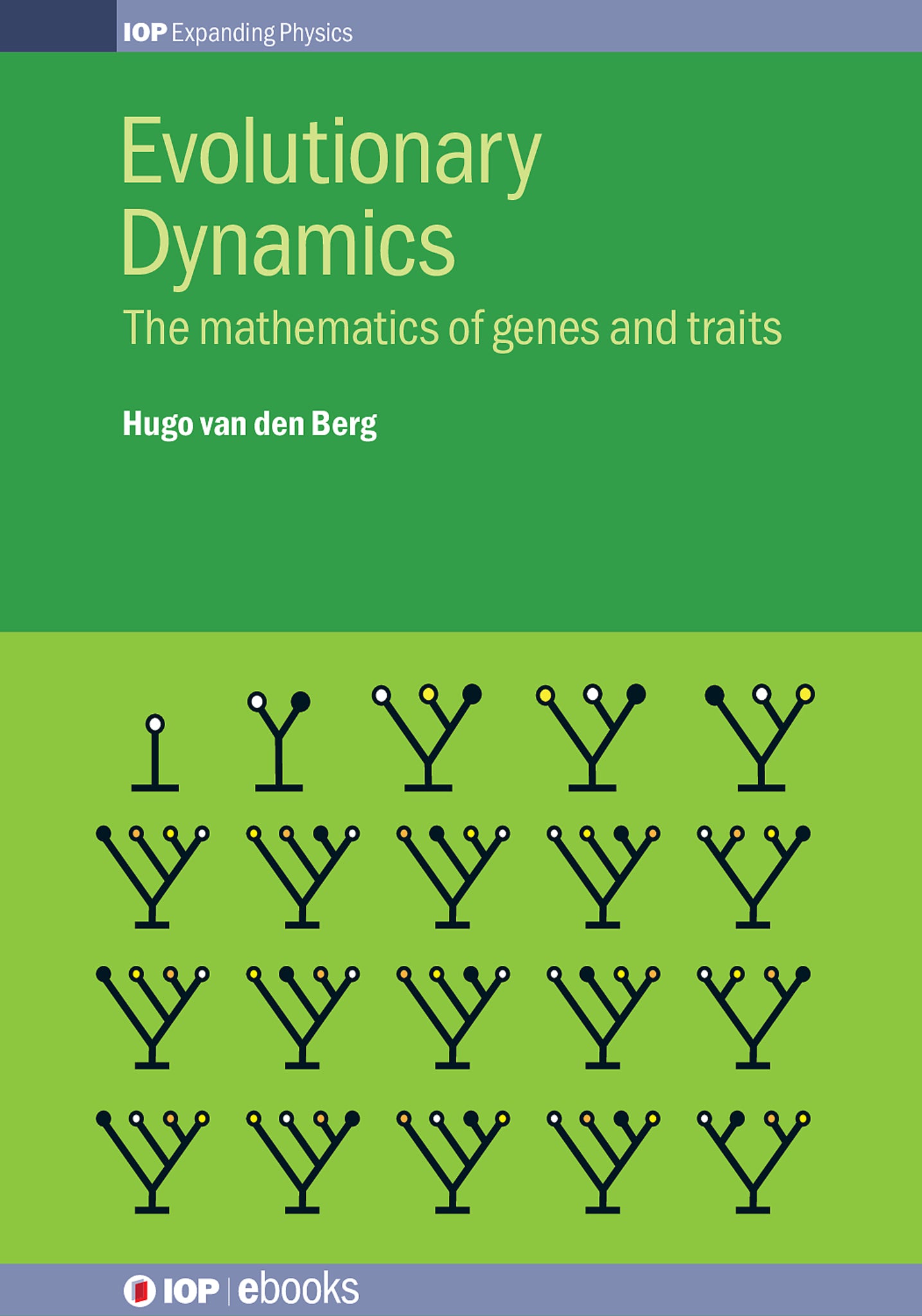We're sorry. An error has occurred
Please cancel or retry.
Evolutionary Dynamics

Some error occured while loading the Quick View. Please close the Quick View and try reloading the page.
Couldn't load pickup availability
- Format:
-
28 July 2015


SCIENCE / Life Sciences / Biophysics, Biophysics

The book is written in an accessible style. and although it requires an understanding of calculus and statistical concepts, it is appropriate as an interdisciplinary bridge between mathematics, physics and biology.
Irina Ioana Mohorianu 2016 Zentralblatt MATH 1337 - 1, FIZ Karlsruhe – Leibniz Institute for Information Infrastructure.
Preface
Acknowledgements
1 Introduction
2 Cell biology and molecular genetics
3 Phylogeny and development
4 Elementary evolutionary dynamics
5 Probability and measurement
6 Statistical inference and estimation
7 Sequence, structure and function
8 Analysis of quantitative trait loci
9 Evolutionary dynamics of QTL
10 Adaptive dynamics and speciation
11 Traits as objects of selection
12 Fitness and optimality
Appendices
A Species, speciation and systematics
B Dangerous ideas
C Dynamics
D Constrained optimization
E Thermal physics



